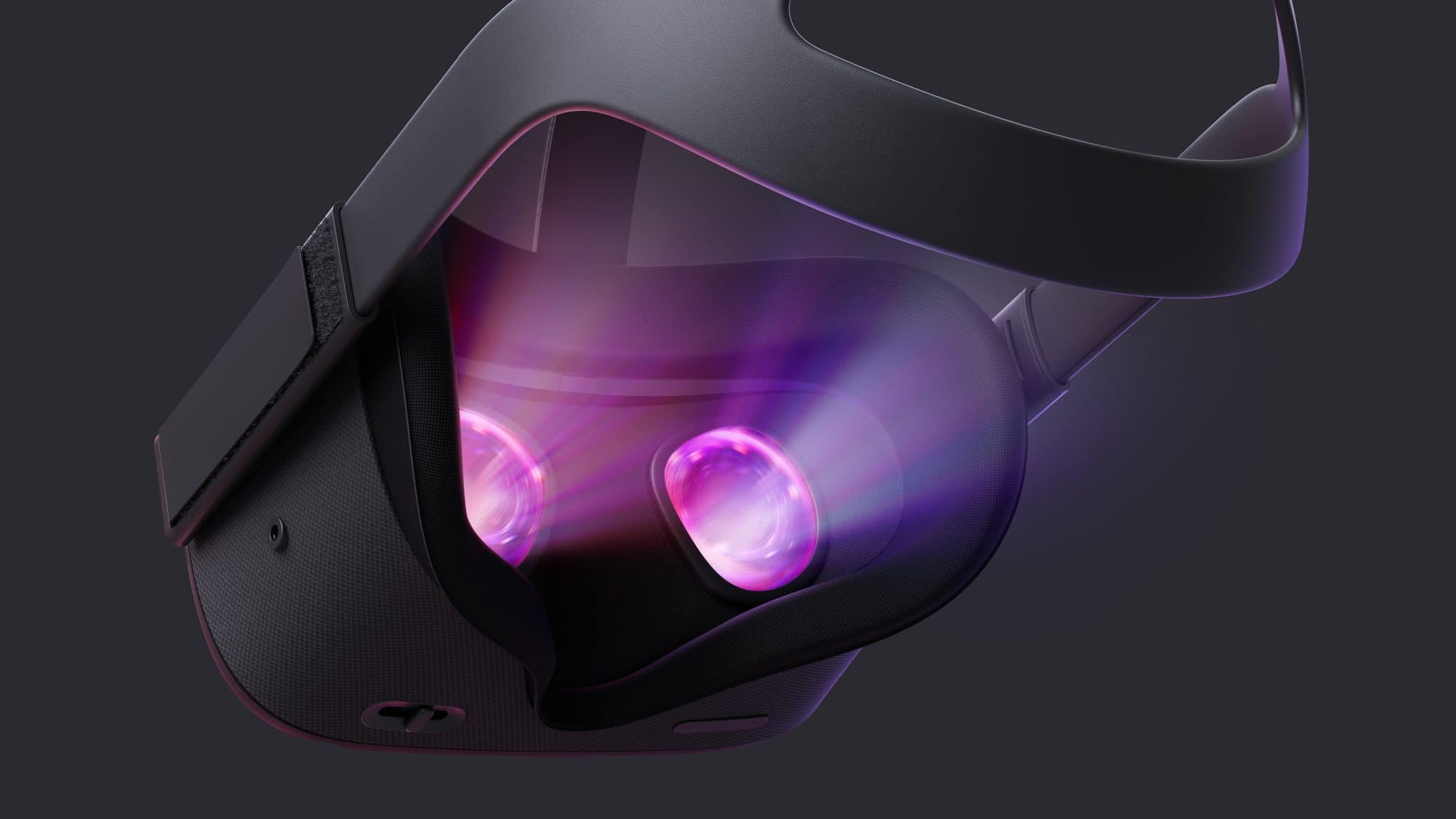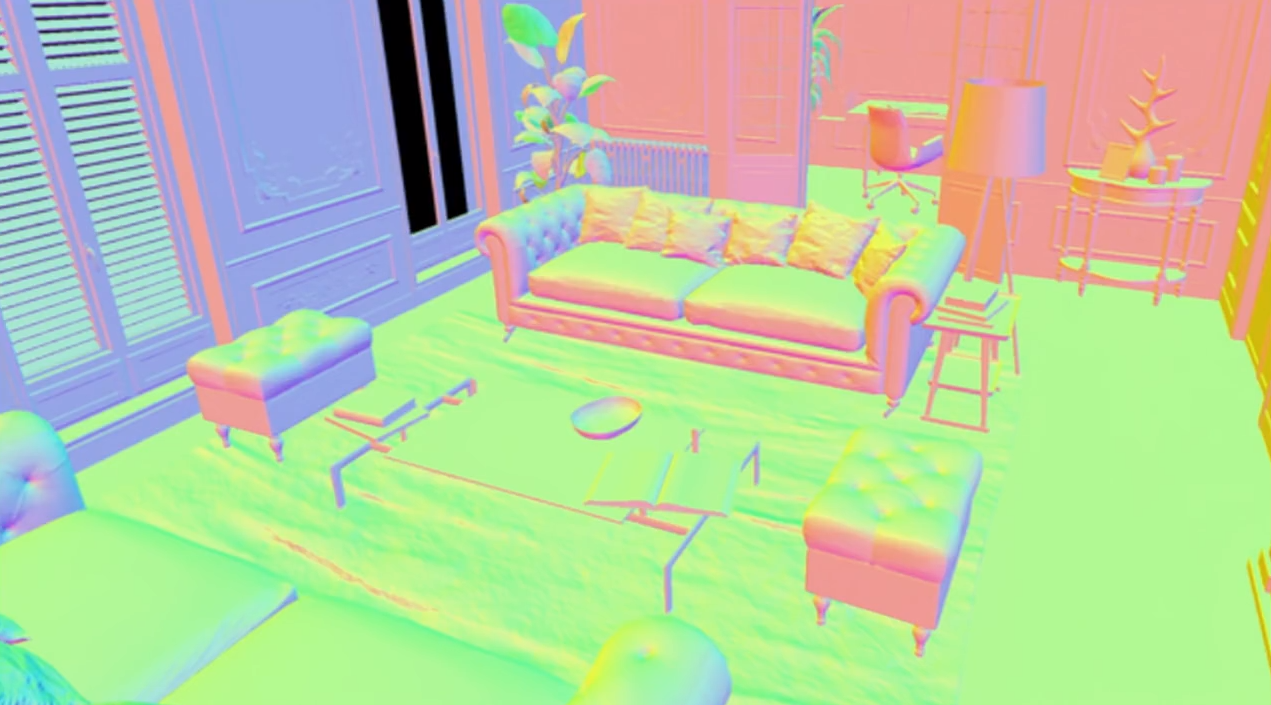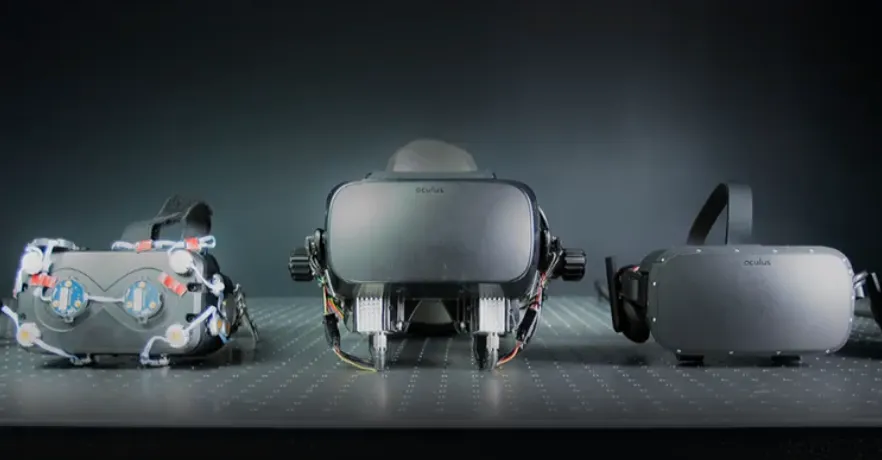Facebook Reality Labs (FRL) is the largest known VR research division in the world.
FRL was formerly known as Oculus Research, until a rename in mid 2018. Oculus Research was set up in 2014 after Facebook acquired the company, with the goal of developing next generation VR technology.
FRL often shows and talks about its research, from a variable focus headset with 140 degree field of view, to a haptic squeezing wristband, to real time body tracking from a single sensor. FRL is even working on lightweight compact AR glasses.
Each year at Oculus Connect, FRL’s chief Michael Abrash gives an overview of some key areas the division is working on. We expect a similar talk will take place at Oculus Connect 6 two weeks from now.
These technologies look promising, and may arrive in future Oculus headsets. But what FRL technologies have actually shipped to consumers so far?
Super Libra G Lenses
All three of Facebook’s current VR headsets use the same lenses. The original Rift also used a custom lens, but this was developed in a shorter timespan. While the Rift lens offered a wide area of clarity and good sharpness, it suffered from distracting internal reflections in high contrast scenes, often described as “god rays”.
The new lens, first introduced in the Oculus Go in 2018, maintains the same clarity but with significantly reduced glare. This means that “god rays” are now all but eliminated.

During his annual talk at Oculus Connect 4, CTO John Carmack described the new lens as “from our research team’s development work“. A page on the Oculus website lists the new lens as being called ‘Super Libra G’.
The original Rift lens reportedly had yield issues contributing to major shipping delays. Given the price of Oculus Go and its availability during launch, it seems likely that Super Libra G is also much easier to manufacture.
Geometry-Based Sound Propagation
Facebook offers a free audio simulation SDK for developers called the Oculus Audio SDK. It spatializes audio in real time using head-related transfer functions (HRTF). It also allows for volumetric and ambisonic sounds.
Before this year, the system simulated audio reflections using a developer-provided predefined 3D rectangle. But in February, Facebook shipped a major update to the SDK which now simulates propagation and reflections based on scene geometry.
The developer simply needs to tag each object with an acoustic material to let it know how it should absorb or reflect sound. Materials like carpet will absorb far more than materials like metal.

According to an Oculus blog post, this technology took one year for FRL to develop.
“When you hear a realistic audio simulation for the first time in VR, it’s almost uncanny how much it enhances immersion. Authentic audio rendering can even synergistically help make visuals seem better.”, one of the researchers claimed.
























